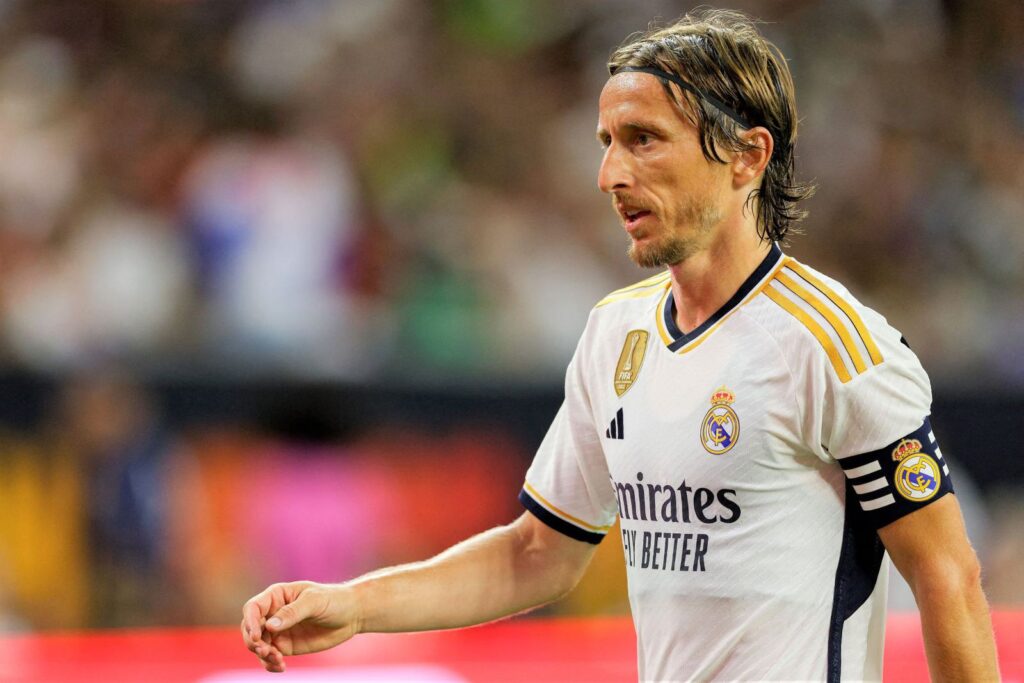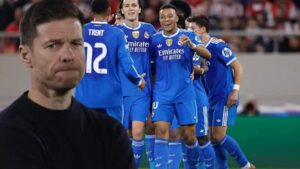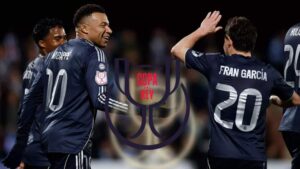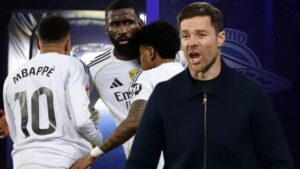Real Madrid’s Summer Transformation: Shifting Dynamics and Modric’s Role

Real Madrid’s summer has witnessed a notable transformation, marked by the arrival of fresh talents like Jude Bellingham and Arda Guler, juxtaposed with the departure of stalwart Karim Benzema. This shift has not only introduced potential future pillars but also prompted changes in tactical approaches, as evident in Carlo Ancelotti’s adoption of a 4-4-2 formation.
During the pre-season, this new setup generated mixed results, and Ancelotti maintained it for the opening La Liga match. Vinicius Jr and Rodrygo were paired up front, while the midfield was anchored by Aurelien Tchouameni, flanked by Eduardo Camavinga and Fede Valverde. Bellingham played a more advanced role, shaping the diamond midfield.
This shift, however, has had implications for club legends like Toni Kroos and Luka Modric, both of whom started the game on the bench. Modric, in particular, is reportedly discontent with his current substitute role, despite recently renewing his contract with the club.
Speculation surrounding Modric’s unhappiness raises questions about his evolving role within the team. While approaching the age of 38, his expectation of a reduced playing role might be tempered by the infusion of new talent, including the signing of Bellingham. The Croatian maestro’s legendary contributions have indelibly marked Real Madrid’s history, but the transition to nurturing the next generation has become imperative.
Modric’s anticipated departure from Real Madrid at the end of the season aligns with the natural progression of time. His iconic contributions remain cherished, even as the club readies itself to forge ahead with emerging talent. Despite the changing landscape, Modric’s continued presence and influence within the team remain essential, poised to contribute throughout the season as the baton is passed to the next generation.







